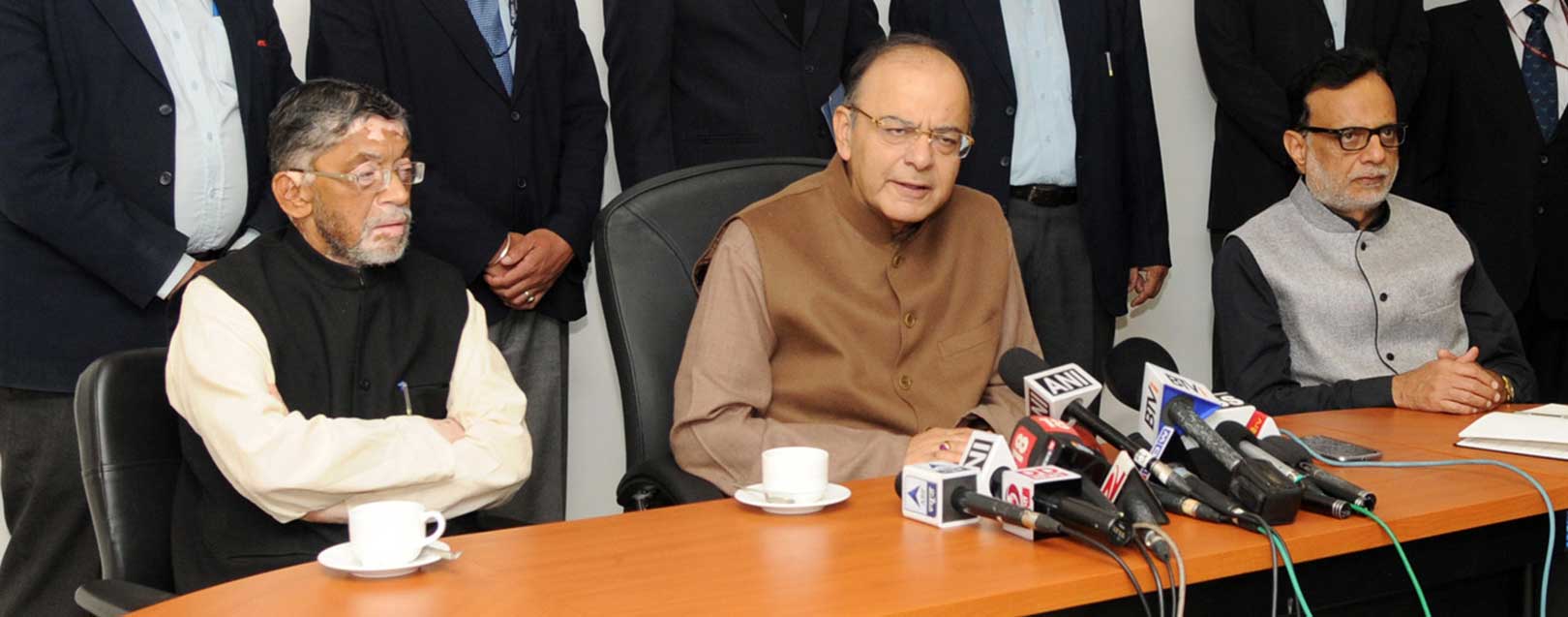
Goods and Services Tax Network (GSTN), GST Suvidha Providers (GSP)
Ranjeet Mahtani and Stella Joseph
On 8th December, it was announced that 34 companies have successfully qualified as GST Suvidha Providers (“GSPs”). These include accounting software companies such as Tally Solutions Private Limited, ERP solution providers Ramco Systems Limited, information technology (IT) companies such as Tata Consultancy Services, big4 accounting firms and certain companies providing accounting and billing solutions to SMEs, small retails shops.
Since IT will play a pivotal role in the GST regime it is useful to appreciate the role of GSPs and the GST Network (“GSTN”).
GSTN has been constituted as a non-for profit, non-government company (wherein the Centre and the State hold the largest shareholding of 24.5% each), and is entrusted with the task of developing the ‘GST system’ the IT infrastructure for the G2B (Government to Business) portal through which taxpayers / assessees will (in a secure and confidential environment) interface with the Government, for registration, uploading invoices, filing returns, etc. The GSTN has, in turn, appointed Infosys as the single Managed Service Provider for the design, development, deployment of GST system, including all application software, tools and Infrastructure and operate and maintain the entire IT system for a period of 5 years. The front-end interface i.e. between the GST system and the tax payers will be provided by the GSTN. The back-end interface would be between the Central Government authorities /State Government authorities/ CBEC and GST system for approval of registration, assessment of returns, conducting investigations and audits, etc. Around 24 States (Model 2 States) have asked GSTN itself to develop the back end for them, whereas other States and the CBEC will develop and host the back-end interface themselves.
The proposed GST envisages all payments and filings by taxpayers electronically. A taxpayer can directly interact with the GST system through the portal. Recognising that a substantial number of taxpayers do not use sophisticated automated systems for billing, accounting, inventory management, invoicing, etc. or in some cases may not use any IT systems at all, besides the various peculiarities for any business which would result in a gap between the tax payer and the GST system, to bridge this gap the concept of GSPs was formulated. GSPs are expected to play a crucial for any taxpayer not inclined to directly interface with the GST system.
GSPs will provide innovative solutions to taxpayers and other stakeholders (including tax professionals) for interacting with the GST system. Such solutions may include:
- Services from a portal similar to the GST Portal, with additional and innovative user interface as compared to GST Portal
- Mobile Apps (to users) offering functionality similar to the GST Portal
- Accounting software/ERP having complete accounting features as well as functionalities like uploading invoices and filing returns, matching of invoices and providing options to view mismatched/matched/missing invoices in auto populated GSTR2 and further upload only mismatched and missing invoices to GST System.
- Enriched Application Programming Interface (“API”) like bulk uploading of invoices, conversion of invoice data formats (CSV to JSON, XML to JSON), latest HSN code tax rate, preparation of GSTR1/GSTR2/GSTR3, validation of returns for latest tax rate and amounts etc. [The GSTN will license the APIs to the GSPs for developing the above-described solutions for taxpayers.]
The GSPs may also appoint “Sub GSPs” i.e. third party service providers who will help the GSPs to develop these solutions; GSPs can sub-license the GST system APIs to these Sub GSPs for this purpose.
Taxpayers may appoint GSPs to develop solutions/ apps, for a more convenient interface with the GST system. GSPs will charge the taxpayers for such solutions and for any other value added service as required by them. It is envisaged that the GSPs will pay some charges/ tariffs to GSTN for getting the authorization to access the GST system.
GSPs will play a crucial role in bridging the gap between the tax payers and the GST system, which is set to become the world’s biggest and perhaps most complex tax framework.







